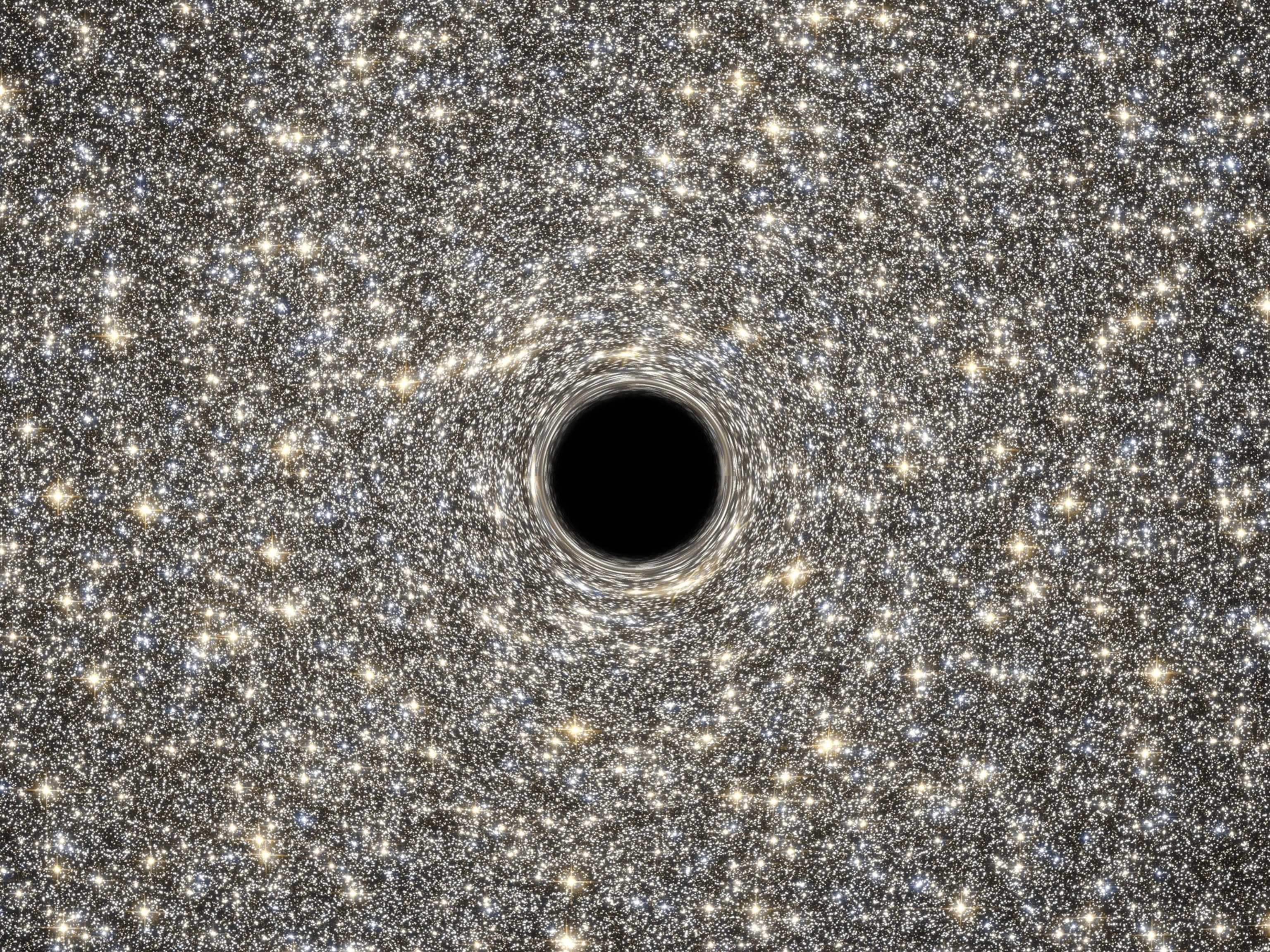
Universe's Most Distant Object Spotted
Galaxy emitted light just 600 million years after the big bang.
A galaxy 13.12 billion light-years from Earth is the most distant object yet detected, a new study says.
Astronomers spotted a faint glimmer of infrared light from this primitive galaxy, called UDFy-38135539, using the European Southern Observatory's Very Large Telescope in Chile.
Because of the time it takes for the distant galaxy's light to reach Earth, the recently captured signal is thought to have been emitted when the universe was only 600 million years old. That means the find can help scientists better understand the so-called era of reionization, the study authors say.
For about the first billion years after the big bang, the universe was filled with an opaque fog of neutral hydrogen. As the very first stars and galaxies formed out of this fog, their radiation charged any nearby hydrogen. This ionization transformed the fog into the optically transparent interstellar medium that exists today.
(Related: "Big Bang Ripples Formed Universe's First Stars.")
"The universe at the time was quite an interesting place, as progressively more and more galaxies were formed, while the existing galaxies were merging together and growing in size and luminosity," said Michele Trenti, a postdoctoral research associate at the University of Colorado in Boulder who was not involved in the study.
"The photons emitted from these galaxies were stripping off electrons from the hydrogen atoms in the interstellar gas, creating bubbles of ionized gas surrounding these [galaxies].
"This bubble"—the one surrounding the newfound galaxy—"is proof that after about 600 million years from the big bang, stars in galaxies have almost completed the process of hydrogen reionization."
Going the Galactic Distance
Until now, the most distant confirmed galaxy was one spotted 12.93 billion light-years from Earth, said Trenti, who wrote a commentary on the study. (Related: "Earliest Known Galaxies Spied in Deep Hubble Picture.")
The previous record holder for "most distant object" of any kind was a bright flash called a gamma-ray burst that originated 13.09 billion light-years away.
Scientists hope to push the record back even further, closer to the moment of the big bang. But as we peer farther across the universe—and thus further back in time—progressively fewer galaxies exist, and these galaxies are dimmer, on average, than their modern counterparts, Trenti said.
She believes new record holders will be announced over the next few years, but only incremental distance gains will be realized—at least until NASA's next big space observatory, the James Webb Space Telescope, is launched in 2014.
"The James Webb telescope should be able to detect galaxies more than 13.4 billion light-years from us," Trenti said. "That is less than 300 million years after the big bang."
The study describing the most distant known galaxy and the accompanying commentary appear in this week's issue of the journal Nature.





